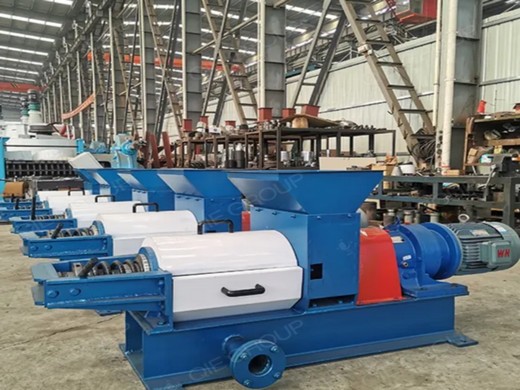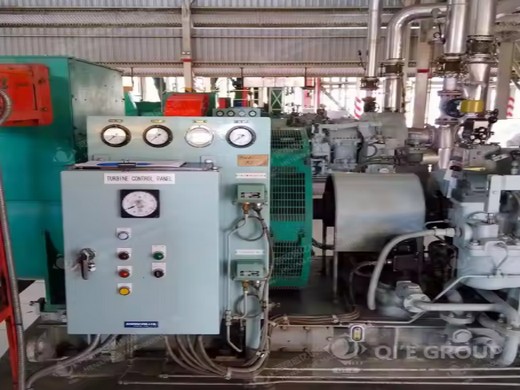CHANAKAN LAKSANA ResearchGate
A simple and rapid method for RNA extraction from young and mature leaves of oil palm (Elaeis guineensis Jacq.) For the development of insect resistance in sugarcane an insect resistant gene
CHAPTER XII: DISEASES AND PESTS OF DATE PALM. By A. Zaid, P. F. de Wet., M. Djerbi and A. Oihabi. 1. Introduction. This chapter is an attempt to provide basic information on major diseases and pests of the date palm.
Palm oil
The oil extraction rate from a bunch varies from 17 to 27% for palm oil, and from 4 to 10% for palm kernels. Along with coconut oil, palm oil is one of the few highly saturated vegetable fats and is semisolid at room temperature. Palm oil is a common cooking ingredient in the tropical belt of Africa, Southeast Asia and parts of Brazil.
Date palm (Phoenix dactylifera L.) is a cultivated woody plant species with agricultural and economic importance. Here we report a genome assembly for an
Sustainable utilization of oil palm wastes for bioactive
For a hectare of oil palm plantation, about 21.63 tonnes of biomass comprising 20.43 % empty fruit bunches, 5.09 % palm kernel shells, 11.65 % oil palm trunks, 50.30 % oil palm fronds and 12.53 % palm pressed fibre is produced per year as wastes which keep raising many environmental concerns as most of them are incinerated and dumped at open sites.
DNA barcode trnH-psbA is a promising candidate for efficient identification of forage legumes and grasses. This proof-of-concept work by Loera-Sánchez et al aimed to determine which of three plant DNA barcodes (rbcLa, matK and trnH-psbA) best discriminates 16 key grass and legume species common in temperate sub-alpine grasslands.trnH-psbA had a 100% correct assignment rate in the five
Review: Diversity of Microorganisms in Global
A combination of Propidium MonoAzide (PMA) treatment on samples before DNA extraction and molecular quantifying method can be used to accurately enumerate the viable microorganisms in fermented foods (Desfossés-Foucault et al., 2012; Fujimoto and Watanabe, 2013).
UKM, Universiti Kebangsaan Malaysia or the National University of Malaysia, is one of the research universities accreditated by the Ministry of Higher Education in Malaysia. UKM strives to be the learning centre of choice and internationalises knowledge rooted in the national culture.
Contrasting maternal and paternal genetic variation
The Maniq and Mlabri are the only recorded nomadic hunter-gatherer groups in Thailand. Here, we sequenced complete mitochondrial (mt) DNA genomes and ~2.364 Mbp of
Moringa oleifera is a fast-growing, drought-resistant tree of the family Moringaceae, native to tropical and subtropical regions of South Asia. Common names include moringa, drumstick tree (from the long, slender, triangular seed-pods), horseradish tree (from the taste of the roots, which resembles horseradish), and ben oil tree or benzolive tree (from the oil which is derived from the seeds).
- How to extract DNA from oil palm leaves without liquid nitrogen?
- Progress would require an efficient, low cost and high-throughput deoxyribonucleic acid (DNA) extraction method adapted for oil palm. A method for genomic DNA extraction from oil palm leaves that is simple and cost-effective was developed without the use of liquid nitrogen. A 260/280 ratios between 1.987 and 2.078 were obtained.
- How to extract high-molecular-weight DNA from date palm leaves?
- DNA extracted with this method is stable and can be reproducibly amplified by PCR. A method is presented for the rapid isolation of high-molecular-weight DNA from mature leaves of date palm (Phoenix dactylifera L.), using a CTAB-based buffer. The method yields up to 800 μg of DNA from 1 g of leaf tissues.
- How is DNA extracted from palm trees?
- Using the developed protocol, DNA was isolated from 10 palm trees comprising four pisifera, one tenera (T) and five dura palms. Eight microliters (8 µl) of each sample were loaded on a 0.8% agarose gel and the gel was stained with ethidium bromide. Total DNA from oil palm leaves of 93 trees extracted with the protocol.
- Can leaf sampling be used for DNA extraction?
- Regarding the leaf sampling for (spear) leaves can also be used for DNA extraction. concentration of the extracted DNA. Here, we determined the eect of metric absorbance of the extracted nucleic acids. The method reported as visible in Figure 1. The treatment of the nucleic acids with RNase was omitted for two reasons.
- What are the components of DNA extraction?
- The components of the DNA extraction buer used a previous protocol used for mature leaves of oil palm [ 6]. Mannitol, of Tris-HCl, EDTA and SDS are also dierent. The method reported [ 7, 8]. Liquid nitrogen, which is not always easy to obtain in most third Billotte et al. (Table 1). The cost of DNA extraction per sample
- Which CTAB extraction method is used for AFLP study?
- Of these, method K, a modified CTAB extraction method with optimized extraction protocol and optimum chemical components in the buffers, was selected for DNA extraction for the AFLP study using mature oil palm leaves. The DNA yield from each gramme of leaf tissue was consistently above 200 mg.






